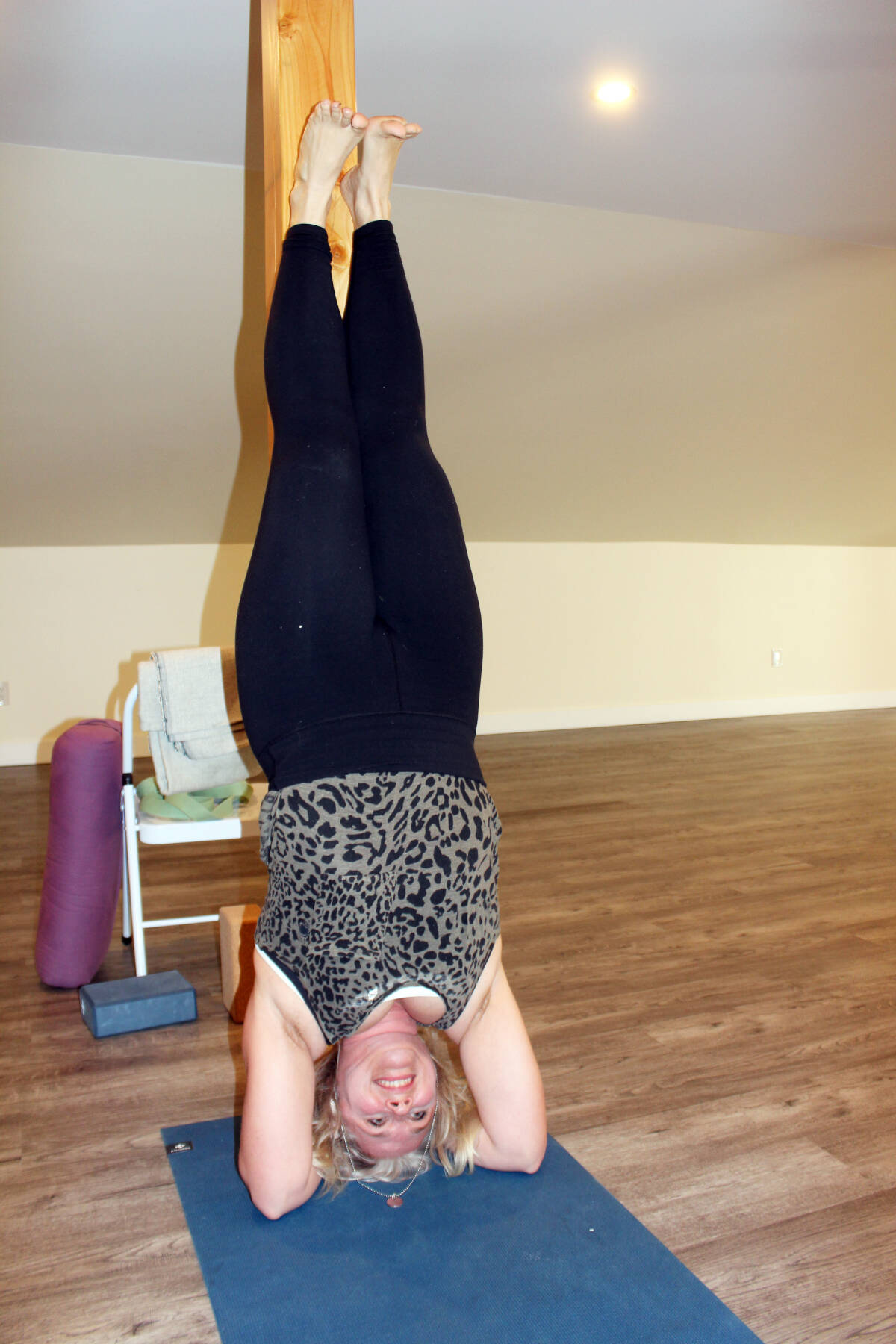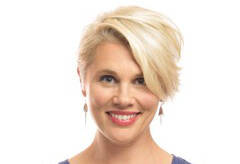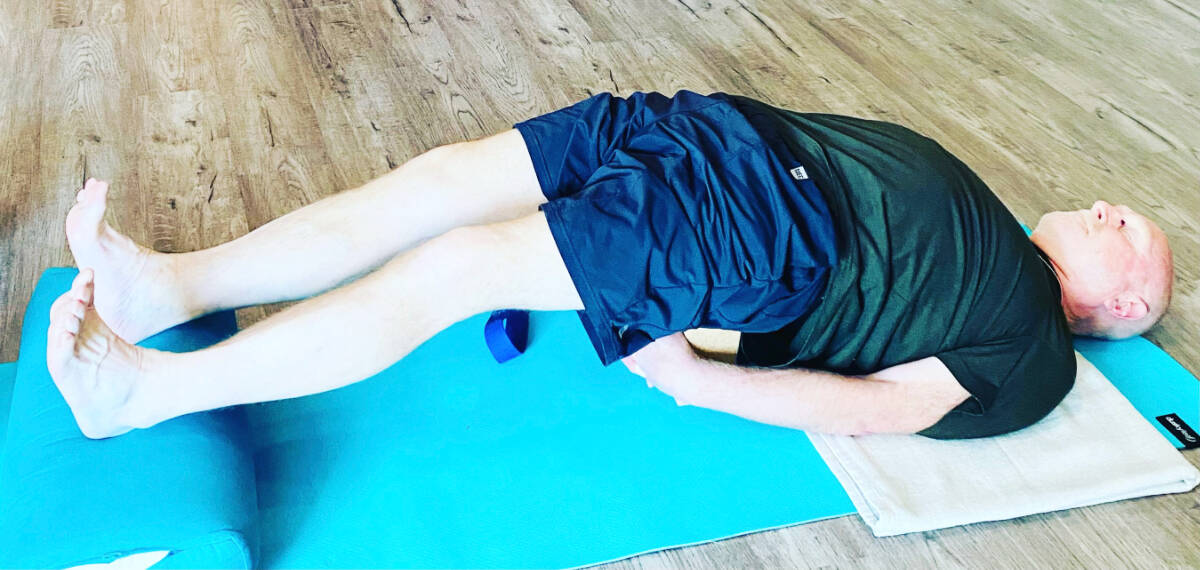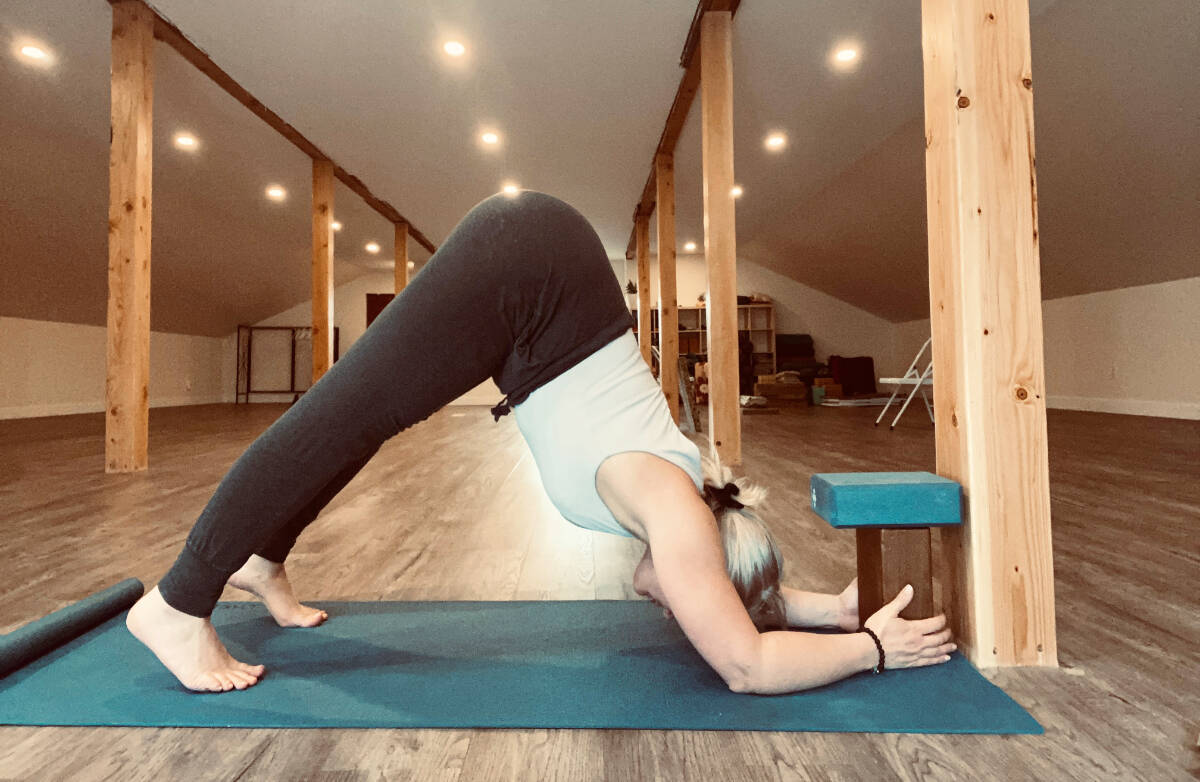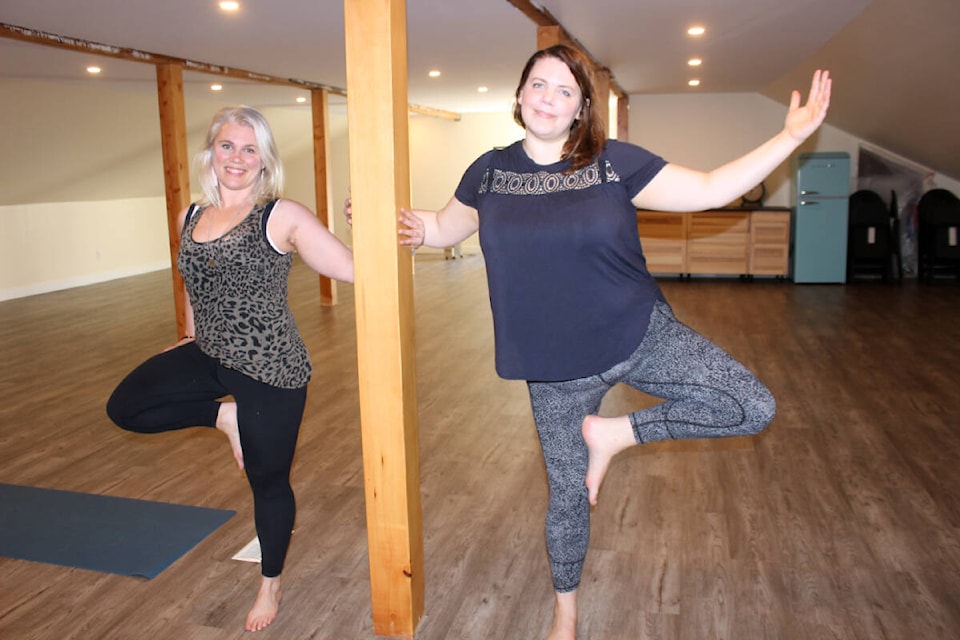My name is Jessica Lowry and I am excited to introduce myself to you and to Iyengar yoga at The Hive Collective.
I am a certified Iyengar yoga instructor and have been studying, practicing and teaching yoga for more than 15 years. I am passionate to provide you with a clear, accessible and joyful path to this amazing holistic health practice.
There is so much to learn through your relationship and connection to yourself. With yoga you start with your own body and your own physical challenges and use them as teachers on a path towards freedom: body, mind and spirit.
If you are new to yoga there are some common myths worth tackling upfront.
Myth 1. I am not flexible enough to do yoga.
No matter what is going on in your body, there is much to learn through that particular challenge. So don’t worry if you perceive yourself as inflexible. We have this idea or magazine image of some lithe and beautiful youth practicing yoga. They are stereotypically serene and touching their toes effortlessly.
But yoga is not about touching your toes in any way. It is about you and the evolution of a process and maybe you end up at your toes and maybe you don’t. But what you uncover, discover, let go of, strengthen and enliven on the way is what is most important.
Myth 2. Yoga is too hard.
In Iyengar yoga, we work progressively and creatively. There is a system of yoga poses that helps you to gradually develop strength, awareness, flexibility, balance, mobility and eventually a depth of full body awareness so that each yoga pose moves towards a meditation – meditation in action which is an excellent entry point for meditation for those with a busy mind. Anchor the mind in the body.
We work first with the physical body and practicing alignment. As we work in alignment, stacking bones and working muscle groups appropriately we also begin to let go of negative physical habits in the body. These physical habits also affect us mentally and emotionally. So there is an opportunity to let go on many levels.
I like to think of yoga as the process of undoing through doing the postures. You can undo low back pain. You can undo chronic neck pain. You can undo hip pain. In the process of unraveling pain, new physical, mental and emotional freedom naturally arises.
We also use supports in Iyengar yoga. These supports are in the form of props. These props include yoga straps, bricks, blankets, bolsters and a chair. Yoga props can be used to offer variations in certain poses to assist with common hip, back or knee issues.
We also use the props as teachers to access and work on different specific actions and aspects of poses as we break them down and explore. Depending on the focus of the class different props may be used.
Pretty soon you’ll find yourself walking around your house creatively using yoga belts to augment your good posture while cleaning or cooking. Yoga is for every body and truly can be done everywhere. Learn in class and apply your yoga even while standing in line at the grocery store.
Myth 3. I get too distracted during yoga. I am a busy person.
I hear this from people and then have students come to my class and relay, ‘Wow, I have never been able to focus like that in a yoga class. I found myself able to follow your instructions and really be in the pose.’
Iyengar yoga offers a teaching methodology where the instructor guides you to clearly access the actions necessary to hold the body and mind in the pose and with poise. We work from the base of the pose, your foundation and up through to the crown of the head.
I offer instruction to help you access specific actions in the body and to continue to scan the body and stay with the pose. It’s a super helpful approach to keep the body in active alignment and the brain quiet, receptive and listening.
Iyengar yoga will challenge a distracted mind as we explore different categories of poses that will keep you on your toes. We start with standing poses and work through to twists, standing forward extensions, seated poses, abdominal poses, back extensions and inversions.
All these categories of poses open the body, mind and breath in a different way, unpacking blockages and opening up positive flow and pranic energy (cosmic energy). There are always ‘bus stops’ or alternative options for poses for any physical restrictions that may limit a student. Iyengar yoga makes the benefit of each pose accessible to each person with variations and props as support.
The combinations and different sequences offer the students a new field for learning and experiencing the different effects possible in a yoga class. Some classes may be invigorating, others restorative. Some might target back pain and other days we focus on balancing poses. There is so much to explore and Iyengar yoga is a wonderfully solid, doable, accessible and foundational approach to learning a vast practice.
There are a few yoga myths busted. But the best way to explain yoga is not through words, but in the presence of experience. Try for yourself and let the practice connect body, mind and soul.
(Jessica Lowry teaches Iyengar yoga at The Hive Collective in Chemainus. Her current session of classes runs until June 2. Flex drop-in passes are available, $100 for 5 passes. Current classes are Tuesdays and Thursdays 10-11 a.m.. Monday and Wednesdays 6:30-7:30 p.m. Private or smaller group classes are available upon request. Stay tuned for upcoming workshops: Invert: Learn how to safely enjoy inversions and variations and feel the benefits. Link to schedule: bit.ly/alignwithjessica. Email: connect@alignwithjessica.com to secure a flex pass).
